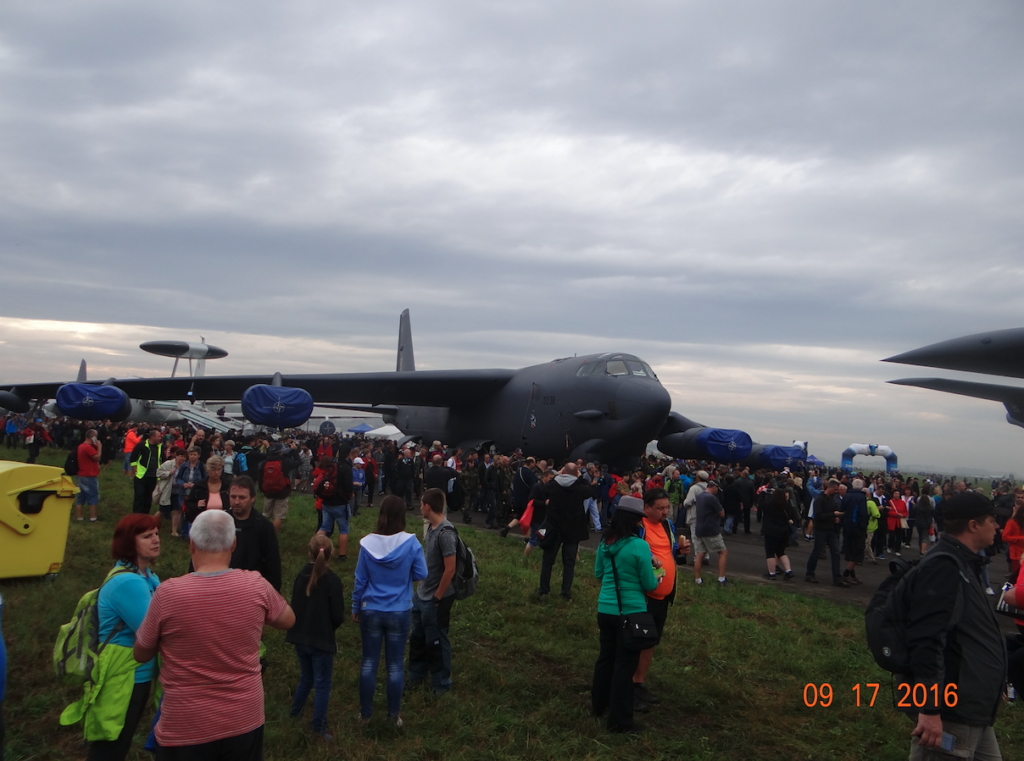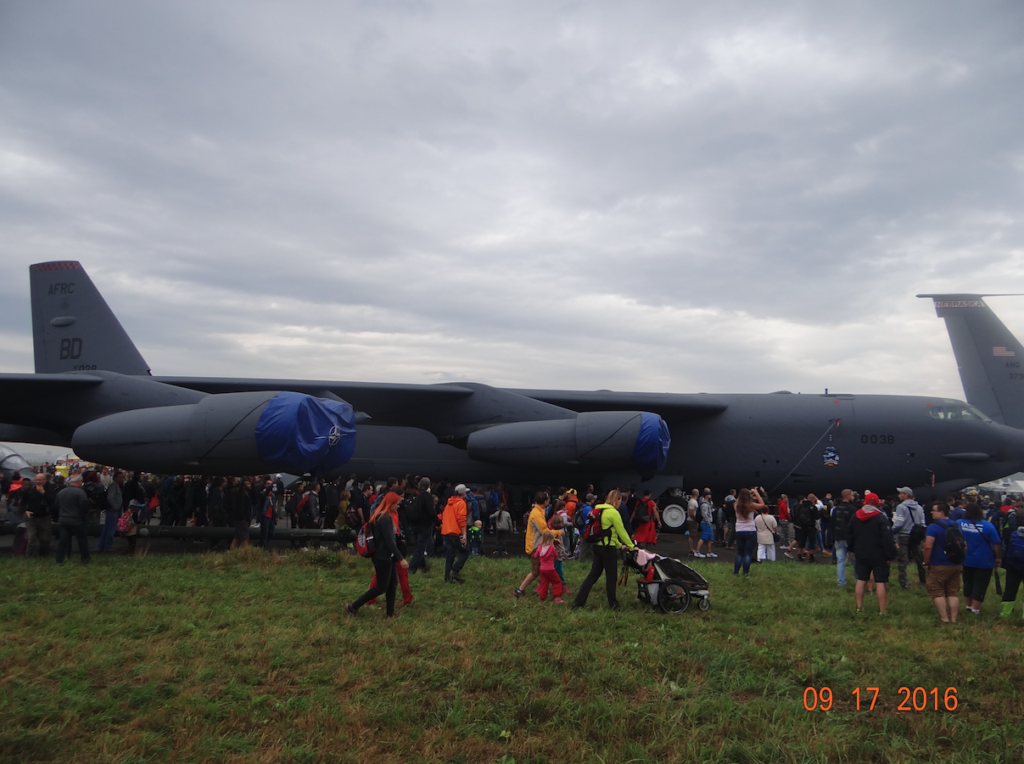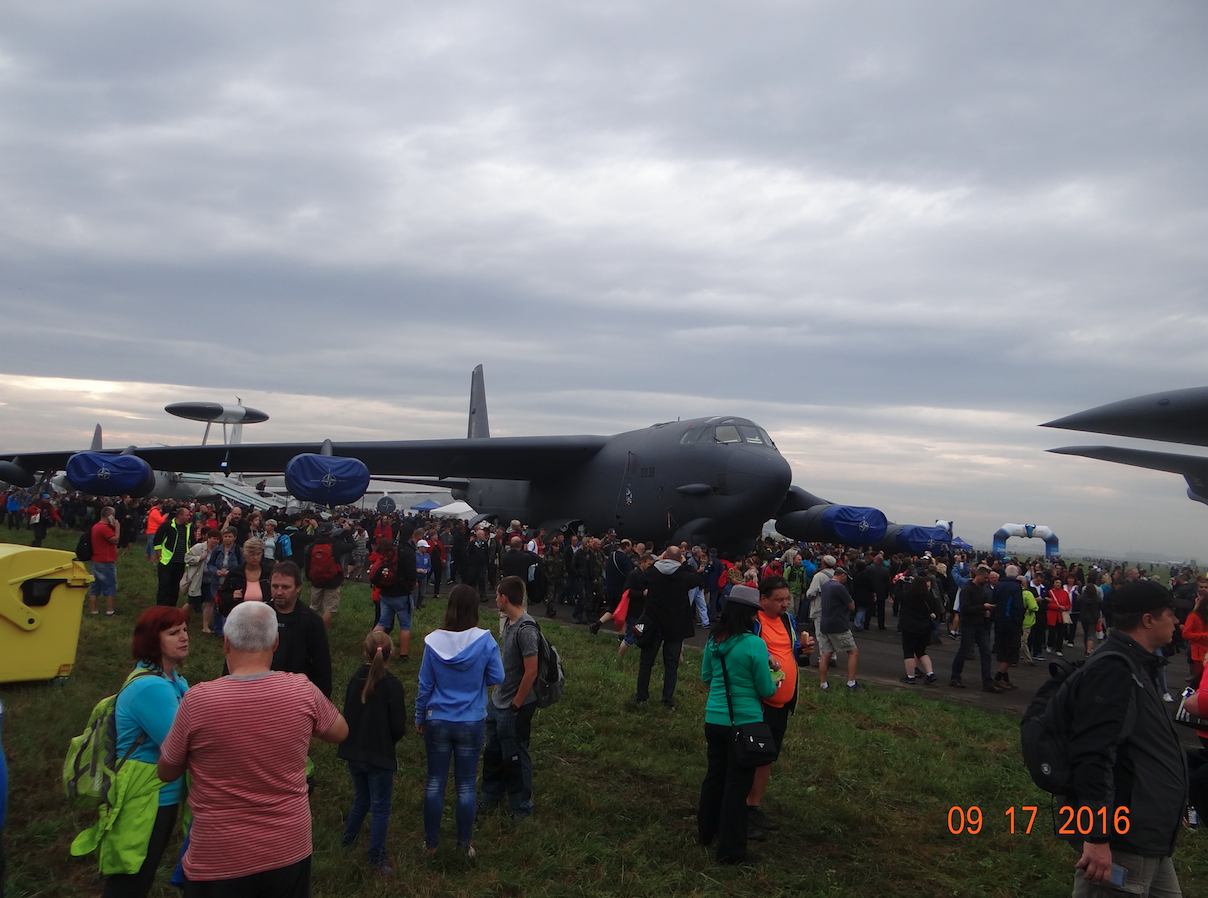Kraków 2025-01-02
US Defense Strategy 1945-1990


In 1946, the former allies, the US and the CCCP, stood on opposite sides. The main issue was the Soviet desire to introduce communism worldwide. Communism is a political, social and economic ideology that seeks to create a classless society based on common ownership of the means of production, such as land, factories and tools of work. In communism, it is assumed that all goods and resources should be common, and the distribution of property should take place according to the needs of individuals, not their ability to generate profit or possession. However, in communism there is a lack of individual motivation, because the lack of private property discourages working for one’s own benefit. In practice, communist systems often led to strong centralization of power, authoritarianism and dictatorship. The planned economy is inflexible and ineffective. According to various studies and estimates, the number of victims of communism can range from about 65 million to over 100 million worldwide. In the CCCP, the number of casualties was 25 million, from 1917 to 1990. In China, during the rule of Mao Zedong, from 1949 to 1976, the number of casualties was 70 million people.
Since 1957, i.e. since the launch of the first Sputnik, 1/3 of all bombers were kept on constant alert for take-off, as an element of deterrence. In the period 1958-1968, with minor breaks, up to 15 bombers were constantly in the air. Mainly Boeing B-52 Stratofortress bombers. In 1967, the US had 615 bombers; B-52s and B-58s.
The tragic side of these shifts were the plane crashes and the fate of the atomic (nuclear) bombs. On January 17, 1966, a Boeing B-52G bomber collided in mid-air with a KC-135 air tanker over Spain. The planes fell to the ground in flames. Two bombs contaminated the area as they fell to the ground. The other two fell into the sea. Huge financial outlays were incurred, but fortunately the bombs were found. This catastrophe had a major impact on the behavior of Western European societies and caused a political crisis. The French decided to withdraw from NATO. Two years passed. On January 21, 1968, a Boeing B-52G bomber made a forced landing in Greenland. The landing was unsuccessful. The plane crashed. Four nuclear bombs burned together with the plane, contaminating the area. By 1980, the US Air Force had “lost” 12 nuclear weapons in accidents that were never found. For example, a Douglas A-4 Skyhawk aircraft, due to an engine failure, slid off the deck of an aircraft carrier into the ocean. The aircraft and the hydrogen weapon have not been found to this day. Few people pay attention to the fact that these disasters also influenced international détente in the 1970s.
At the end of the 1950s, a new quality of the bomber appeared: a missile carrier. This system combined the positive features of a bomber and a ballistic missile. The first was a winged missile with a nuclear warhead GAM-63 Roscal, with a range of 170 km. It was used briefly in the period 1957-1959 by a small number of B-47 and B-36 aircraft.
In September 1961, the GAM-77 missile appeared in the US armament, and from 1962, the AGM-28 Hound Dog missile, with a range of 850 km, manufactured by North American. The B-52 bomber was armed with two missiles suspended under the wings. And what was in the bomb bay of the B-52? There were 4 ADM-20 Quail unmanned trap aircraft. The dropped ADM-20 simulated a flying B-52 on the radar screen for 30 minutes.
In the 60s, the concept of attacking the CCCP looked like this: Attack with the largest possible number of aircraft, the so-called wave. Not formations. Each bomber, as it were, individually penetrated the territory of the Moscow state, along the entire length of the northern border. Each crew was on its own, without fighter cover. In addition to anti-aircraft missiles, the bombers could be afraid of Su-9 fighters with a semi-automatic target guidance system. For this purpose, the B-52G/H bombers were equipped with the AN/APR-25 electronic warfare complex and the AN/ALQ-117 electronic jammer. However, the main element that made detection difficult was to be low-altitude flight. An aircraft flying at an altitude of 30 m is detected only from a distance of 40 km, due to the curvature of the earth. Thanks to its dual-flow engines, the Boeing B-52H could effectively fly at low altitudes. Previous versions did not have this possibility. The flight was dangerous.
However, in the 70s, the CCCP significantly improved its air defense system by introducing, among others, the Tupolev Tu-126 early warning aircraft. AGM-69 missiles were developed for the B-52 in the period 1965-1971, and in 1972, they were introduced into service. The use of these missiles allowed the machine to individually pave its way to the target. In a word, it was possible to destroy many more targets.
The need for a new bomber became indispensable. However, the bomber was created in difficulty, and its program had its ups and downs. In the period 1977–1981, the program was even suspended. The Rockweel B-1B Lancer, because that is what we are talking about, entered service in 1985.
In 1968, the General Dynamics FB-111 Aardvark aircraft appeared in the US Army. The aircraft replaced older versions of the B-52, but above all the Convair B-58 Hustler, which it succeeded. Until 1972, the FB-111 aircraft flew only with conventional nuclear bombs, and from that year onwards, the aircraft were equipped only with AGM-69 trains. The FB-111 aircraft, like the B-58 bombers, was to pave the way for the B-52 bombers, but as we know, the B-52 could do it on its own. The FB-111 aircraft did not prove to be very good. Their parameters were only slightly better than the older B-58s. Six F-111 aircraft were quickly lost in Vietnam.
The tactics of clearing a corridor, in the CCCP air defense system, with AGM-69 missiles and classic bombing in 1981, changed. The AGM-86B missiles (Cruise Missile) were introduced into the armament. Work on it had been carried out since 1973. It was a completely new type of missile. With a range of 2,400 km, the missile could fly 20-50 m above the ground and, most importantly, changed direction during the flight. Thanks to this, the missile could be launched outside the CCCP area, and the missile itself was difficult to destroy. The final rearmament with AGM-86B missiles took place in 1990. This resulted in the transfer of FB-111 aircraft to tactical aviation, and in strategic aviation remained; 100 B-1B aircraft, each had 16 missiles; 96 B-52H aircraft, each had 20 missiles; 98 B-52G aircraft, each had 12 missiles. In fact, these aircraft carried a combination of missiles with conventional warheads and classic nuclear bombs.
A completely new issue was the modern Northrop B-2 Spirit bomber, designed to detect and destroy mobile ballistic missile launchers, on the territory of the Moscow state. The most important object in the USSR was and is Moscow. The Soviets managed to create a defense system for Moscow, capable of destroying most of the missiles heading for the target. Moscow would probably have been destroyed anyway, but the Soviets still had mobile missile launchers (wheeled and rail) and would have been able to carry out a retaliatory attack. It would be a response from beyond the grave, but a response nonetheless. And it was these launchers that were supposed to be the target of the B-2.
At the end of the 20th century, the US had about 100 B-1Bs, 21 B-2s and about 50-70 B-52Hs left in its inventory. A total of about 200 bombers. The US strategy proved effective. The Soviets were never able to send even 10 Tu-20/Tu-95 bombers over the US.
Written by Karol Placha Hetman

